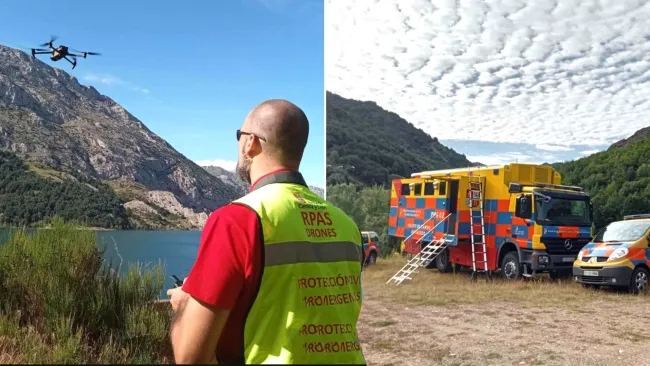Kyiv has decreased the number of its missile attacks on Crimea because Russian drones are allowing Moscow to scope out Ukrainian artillery such as U.S-supplied HIMARS (High Mobility Artillery Rocket System), it has been reported.
Since Vladimir Putin's invasion, Ukraine has hit numerous Russian military targets in the peninsula—which has been occupied since 2014—recently using British Storm Shadow missiles as well as HIMARS to deliver headline-grabbing strikes.
But the pro-Ukrainian news outlet Politika Strani (Politics of the Country) said the number of Kyiv's attacks in Crimea had dwindled in recent weeks because of the effectiveness of Russian reconnaissance unmanned aerial vehicles (UAVs).
"There is one problem that threatens the use of HIMARS striking Crimea—the recent activation of Russian reconnaissance drones," Politika Strani said on its Telegram channel in a post next to a map of the Crimean region.
On July 8, the Russian military said it had taken out three HIMARS launchers in the Kherson region, with drone footage showing the purported strike, which has not been confirmed by Kyiv.
Politika Strani said for Ukraine to use ATACMS missiles against the Crimean city of Sevastopol—a Black Sea Fleet hub—HIMARS would be needed around Mykolaiv (Nikolaev) around 170 miles away. But Russian reconnaissance drones were able to reach this area, as well as neighboring Odesa.
Russian drones are "extremely active tens of kilometers from the front line" the post said, which poses a "high risk" to HIMARS installations, it said.
"This does not mean that the Armed Forces of Ukraine will abandon strikes on Crimea," but Russia's use of drones "is forcing Ukrainian forces to be more cautious about using HIMARS near the front line."
Newsweek has contacted the Ukrainian defense ministry for comment.
The channel said that the last time a Ukrainian attack had caused a major alarm on the peninsula was on July 5, whereas attacks the previous month by Kyiv were far more frequent.
On June 23, fragments from a U.S-supplied ATACMS missile destroyed by Russian anti-air system fell over a beach in Sevastopol, killing four people and injuring 151 others, according to Russian media.
Meanwhile, Ukraine continues to use drones to strike oil facilities on Russian territory. Numerous strikes, that are often not immediately claimed by Kyiv, aim to choke Moscow's war machine.
Citing an intelligence source, the Kyiv Independent reported that Ukraine's State Security Service was behind an attack on an oil depot in the Tsimlyansky district of Rostov Oblast overnight Friday. It said that SBU drones caused the explosion at the site where gasoline and diesel fuel was stored.
Disclaimer: The copyright of this article belongs to the original author. Reposting this article is solely for the purpose of information dissemination and does not constitute any investment advice. If there is any infringement, please contact us immediately. We will make corrections or deletions as necessary. Thank you.





